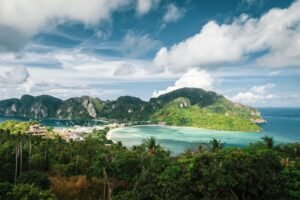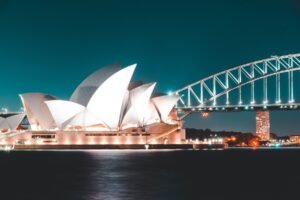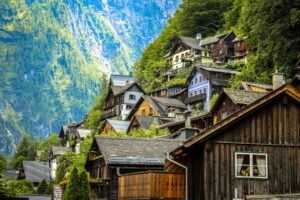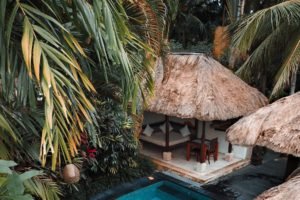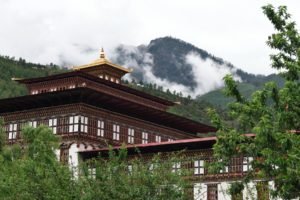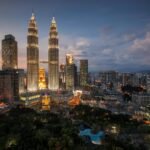Are you too bored and feel like trekking already? Well, we understand your anxiety and boredom after almost six months of sitting at home. Nonetheless you are safe at home, and that’s something to note. Is trekking safe, as much as staying at home is? Seemingly this is something worth giving a thought or two.
Consider these guidelines from the Indian Mountaineering Foundation before you head, or even think of hitting the outdoors!
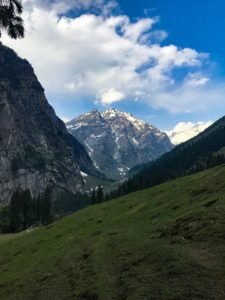
The covid-19 lockdown since late March has marred commercial trekking just like other economic fields. Trekking along with major mountaineering activities across the country have been forcefully shut down. With this, the covid-19 lockdown also compelled a lot of trekking enthusiasts to sit at home during the entire summer vacation. Not to mention how badly it has affected states like Uttarakhand, Himachal Pradesh and Sikkim, in terms of economy owing to tourism.
Lately, the states of Himachal Pradesh and Uttarakhand have released a set of guidelines enabling trekking and other tourist activities to gain momentum.
- Tourists are only allowed in these states after a negative covid-19 test report from a laboratory certified by the Indian Council of Medical Research.
- The test is to be taken maximum 72 hours before entering the state.
- In Himachal Pradesh, tourists have to stay at the same hotel for at least five days. In Uttarakhand, it is seven days (for all tourists).
- Trekking is mostly allowed during the day, so that the tourists can return to their hotels in the evening.
Things To Note
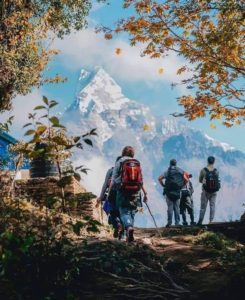
- The IMF (Indian Mountaineering Foundation) advisory is written by Anil Gurtoo, director of medicine at Delhi’s Lady Hardinge Medical College and an IMF member. The written guidelines are based on the evidence so far that covid-19 transmission risks are low in well- ventilated outdoor spaces. The eight page document clearly states the do’s and don’t’s for trekking now. It talks about traveling, trekking, packing and other things to read and keep a note of.
- The authorities are mainly concerned for the locals housed in the mountains who might acquire covid-19 and not get proper treatment. A lot of states are not encouraging trekking/ tourism for the same reason.
- It would be safe to go to the mountains as long as you take precautions to not infect the villagers. However, it may be extremely difficult to follow the guidelines that are mentioned in the letter.
- Read about everything mentioned on the website of the IMF (Indmount.org). We list some of the things they recommend to keep in mind whenever you decide to resume trekking.
Planning And Preparation
Plan out before hand, everything, from trekking to staying at hotels and recreations on route. Plan a less tricky road in order to avoid accidents, and outside help for that matter. Get information on the facilities available en route and also keep up with the local rules on curfew, quarantine and permissions from district and forest officials. Not to mention, it is best to travel in small groups. If you are planning bigger groups, the guidelines recommend breaking them up into groups of 10-15.
Travel only if you are less than 50 years of age, and are without any chronic illness like diabetes, heart diseases, cancer, etc. It’s advisable to consult your physician for other ailments too. Also, tariff of hotels, transports, etc ought to be higher than usual. Plan accordingly.
Be Self-Sufficient
As our Prime Minister says, “Atma nirbhar bano“! The guidelines further emphasize on self-sufficiency: Carry your own food, water, medicines, toiletries and camping gear. Avoid dhabas and restaurants and try not to enter villages. In order to prevent transmission in enclosed spaces, the IMF recommends that air-conditioning in vehicles be switched off and windows rolled down. Surfaces should be sanitized regularly and stay in dormitories or other places requiring close contact avoided, it adds. Trekking now also involves an encounter with wild animals frequenting the trekking spots. Consult the locals before visiting therefore.
The 3 Cs
The IMF prescribes 3Cs to guard against virus transmission: avoid crowds, avoid any close contact and closed spaces. Trekking might be difficult with masks on all the time, nonetheless, they should be kept accessible and used along with sanitizers at rest points.
Camping Do’s And Don’ts
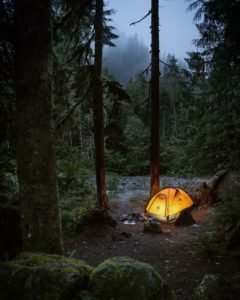
- Keep a distance between tents, with special consideration for kitchen tents and the water source.
- A distance of 2m between sleeping bags.
- One toilette tent must be shared by a minimum number of persons.
- Flaps must be kept open when not in use.
- It must be each user’s responsibility to carry out bleach disinfection of the surfaces after use and for washing hands.
- If the sleeping place is small and you have to sleep next to each other, make sure you sleep where your faces aren’t next to each other but up and down.
Well, despite all the safety measures, it’s advisable to be cautious on your part while planning to resume trekking. It’s not fully safe to go on a trek for the pandemic has not ended yet. However, it isn’t impossible or completely unsafe too, keeping in mind everything that are mentioned in the guidelines. Take your call. Be safe.

